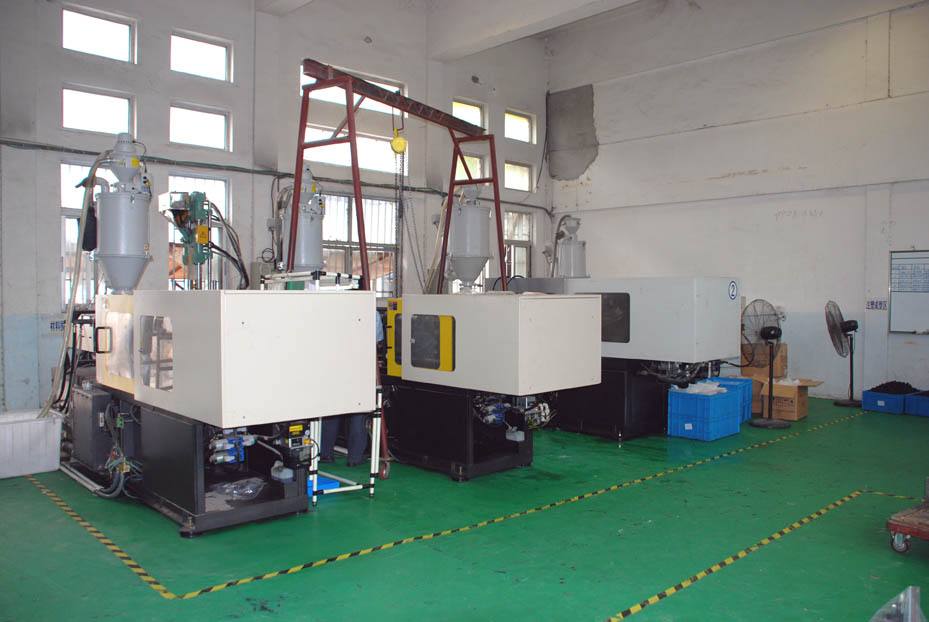Compared with the traditional hot air blower, the dehumidification dryer improves the influence of air humidity on the drying effect.
Control the humidity of the air in a short time, improve the drying effect and shorten the drying time, playing an important role
It is necessary to frequently perform fault detection on the desiccant dryer. use. Therefore, in the process of using the dehumidification dryer, the following is an introduction to the fault detection of the dehumidification dryer. In order to avoid failures and delays in production, it is necessary to frequently perform fault detection on the dehumidification dryer. What is the introduction of the failure detection and Method of exclusion:
1. When the desiccant dryer is powered on:

After the system is powered on, if there is a fault, the system cannot be turned on (no output), and the corresponding fault code is displayed, and the corresponding fault processing is performed at the same time. When the fault is eliminated, the system will return to the shutdown state and needs to be restarted.
2. Dehumidification dryer branch process:
1. Fan overload fault input
(Passive contact normally open signal, normal when disconnected, fault when closed) When an overload fault is detected, fault indication
When the light is on, the system turns off the heating, the heating relay is off, the heating indicator is off, the fan is turned off, and the fan relay is turned off
When disconnected, the fan indicator will go out, and the system will stop all outputs. At the same time, the alarm relay outputs (on-off) alarm signals.
When the fault is eliminated, the system returns to the shutdown state.
2. Overheating fault input
(Normal open signal of passive contact, normal when disconnected, fault when closed) When an overheating fault is detected, fault indication
When the light is on, the system immediately turns off the heating, the heating relay is disconnected, and the heating indicator is off, and the fan can be normal at this time
jobs. At the same time, the alarm relay outputs (on-off) alarm signals. When the fault is eliminated, the system returns to the shutdown state.
3. Reverse phase failure
(Passive contact normally closed signal, that is, normal when closed, fault when open) When the reverse phase is detected, the fault indicator
On, the system stops all output. At the same time, the alarm relay outputs (on-off) alarm signals. When the fault is eliminated,
The system returns to the shutdown state.
4. The fan does not turn and the hot air emits smoke
Mainly caused by the motor failure and the electromagnetic switch has been closed, through inspection and replacement of the motor and repair and replacement of the electromagnetic
Switch resolved.
5. The fan is running but there is no temperature
The main cause of the failure is the fuse of the lead piece connected to the heat pipe, the failure of the electromagnetic switch, the failure of the electric heating pipe, and the failure of the thermostat.
No output, caused by thermocouple failure, the failure can be eliminated through inspection, replacement, and repair of parts.
6. The fan is running but the temperature is extremely high
Mainly caused by blockage of the air duct, malfunction of the thermostat or too large error, clean up, replace the thermostat or adjust fine adjustment
The button can eliminate this type of failure.
About the fault detection and troubleshooting methods of the desiccant dryer, I have introduced it here today. To ensure dehumidification and dryness
The function is working normally, the dehumidification dryer needs to be adjusted when the dehumidification dryer is powered on or in operation.
Perform fault detection and troubleshooting. In addition, it should be noted that the main power supply must be in the
Off state. .
|
 +8613669807274
+8613669807274
 +8613669807274
+8613669807274 wto-btb@wto-btb.com
wto-btb@wto-btb.com Tel: +8613669807274
Tel: +8613669807274 SMS: +8613669807274
SMS: +8613669807274